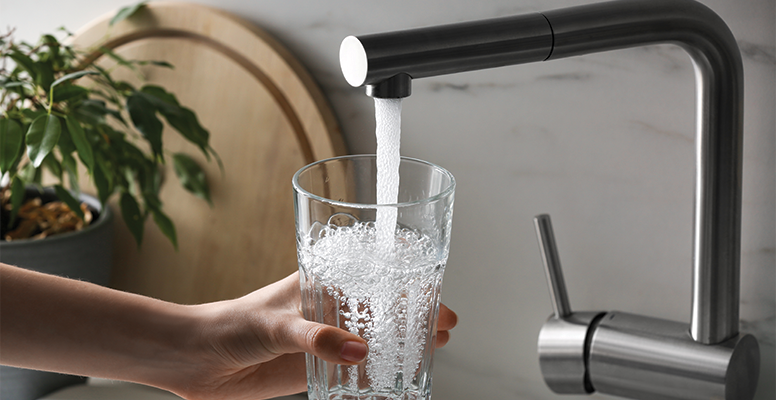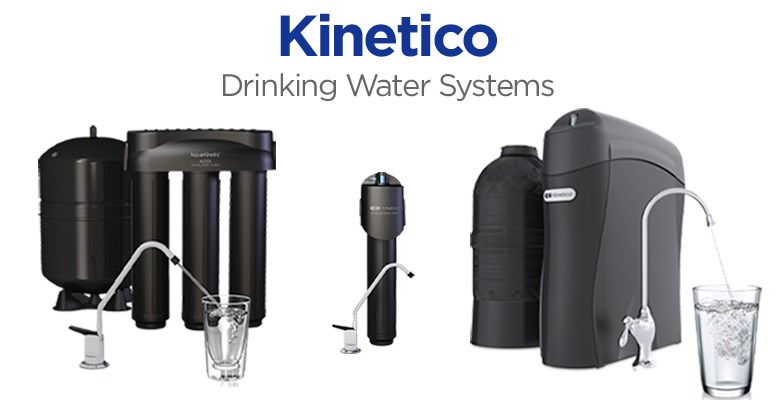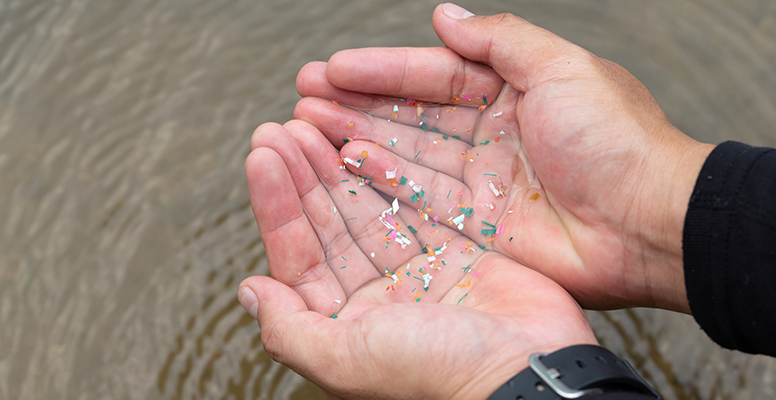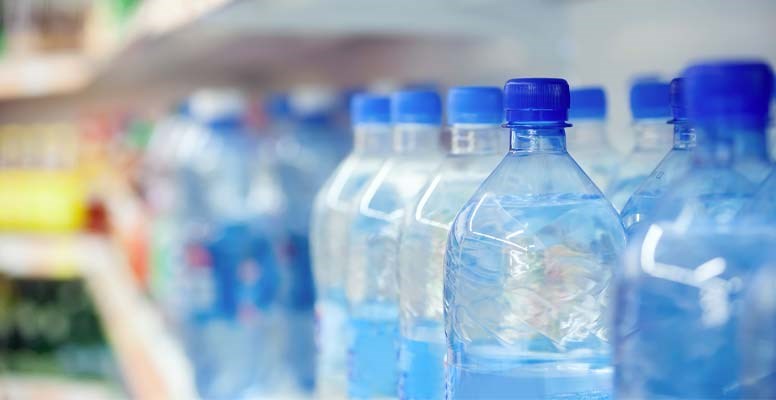What Are Microplastics?
Where do microplastics come from and how do they affect water?
The National Oceanic and Atmospheric Administration (NOAA) defines microplastics as tiny plastic debris roughly the size of a grain of rice or a sesame seed. These particles often form when larger plastics—such as grocery bags, packaging, and soda bottles—break down into smaller pieces over time in the environment. Microplastics can also originate from synthetic clothing, where plastic fibers shed during washing and pass through both washing machines and wastewater treatment plant filters. From there, they are discharged into rivers, lakes, and oceans. Similarly, microscopic plastic fibers released through dryer vents can enter the atmosphere and eventually settle into natural water sources.
Research shows that microplastics are now widespread in drinking water, both in bottled and tap sources, and their long-term health effects are still being studied. Because they are so small, standard municipal treatment processes cannot always remove them completely. Homeowners concerned about microplastic contamination are encouraged to use advanced filtration methods—such as reverse osmosis or ultrafiltration systems—to reduce the presence of these particles in their drinking water. In 2025, microplastics continue to be one of the fastest-growing areas of water quality research, highlighting the importance of regular testing and improved water treatment solutions.
Have Your Water Tested To
Find Out If It Contains Microplastics
Contact A Kinetico Water Expert Today
Fill out your information below and we’ll have one of our authorized, independent Kinetico dealers contact you to schedule your free in-home water test.
Microplastics have been found in oceans, lakes, rivers, bottled water and even tap water. One study referenced in The New York Times reports that 94% of the U.S. tap water samples analyzed in the study contained plastic particles.
As part of the hydrogeologic cycle, the water discharged from one wastewater treatment plant can make its way to the water intake of a downstream water treatment plant. These microplastics can then pass through the filters at the water treatment plant, or in the case of some large municipalities that do not filter their water (New York, NY; Portland, OR; Boston, MA) can move right through from the reservoir to the distribution system, ending up in public water supplies.

Major Causes of Microplastics in Water Supplies
- Single-use Plastic Bags
- Single-use Plastic Bottles
- Single-use Plastic Straws
- Plastic Fibers in Clothing
- Cosmetics
- Tires
One specific type of microplastics, microbeads, were typically manufactured out of polyethylene and added to personal care products such as facial scrubs, body washes, toothpaste and cosmetics. According to a Forbes web article from 2016, microbeads can range in size from 1 micron to 1 mm. At the end of 2015, the Microbead-Free Waters Act of 2015, signed by President Obama, banned the use of microbeads in personal care products.
Microplastics can then pass through the filters at the water treatment plant, or in the case of some large municipalities that do not filter their water can move right through from the reservoir to the distribution system, ending up in public water supplies.
How can you protect your water from microplastics?
A Point-of-Use (POU) water filtration system like the Kinetico K5 Drinking Water Station can reduce small particles, like microplastics, in water. The Water Quality Association (WQA) calls POU systems like the K5 a “final barrier” to treat the 1% of municipally-treated water that is consumed by people.
Learn more about Kinetico Drinking Water Systems
The K5 Drinking Water Station uses a multi-level filtration process to treat water. Water first travels through a sediment pre-filter where it significantly reduces particulates greater than 5 microns. It then travels through the reverse osmosis (RO) membrane which addresses smaller contaminants like metal ions and aqueous salts that are less than 0.001 micron in size – much smaller than a 1 micron microbead. Optional auxiliary cartridges can be added to handle other concerns such as bacteria and viruses, volatile organic compounds, arsenic and perchlorate. Finally, the water is given a final polish via the postfilter, removing chlorine or chloramine to improve taste and smell.

Ways You Can Reduce Microplastics Yourself
- Replace single-use plastic bags with reusable or paper alternatives.
- Replace single-use plastic cups, straws and silverware with sustainable solutions like bamboo, paper or reusable options.
- Eliminate single-use bottled water and sports drinks and use a refillable bottle instead.
- Look for items with minimal plastic packaging.
- Purchase clothing made with natural fibers.
To protect your family from consuming microplastics and other contaminants that could be in your water, request a quote for a K5 Drinking Water Station. You can also schedule a water test with your local Kinetico water professional to learn more about your water or which drinking water system is best for your home.
Contact An Authorized Kinetico Dealer to Schedule a Free Water Test


